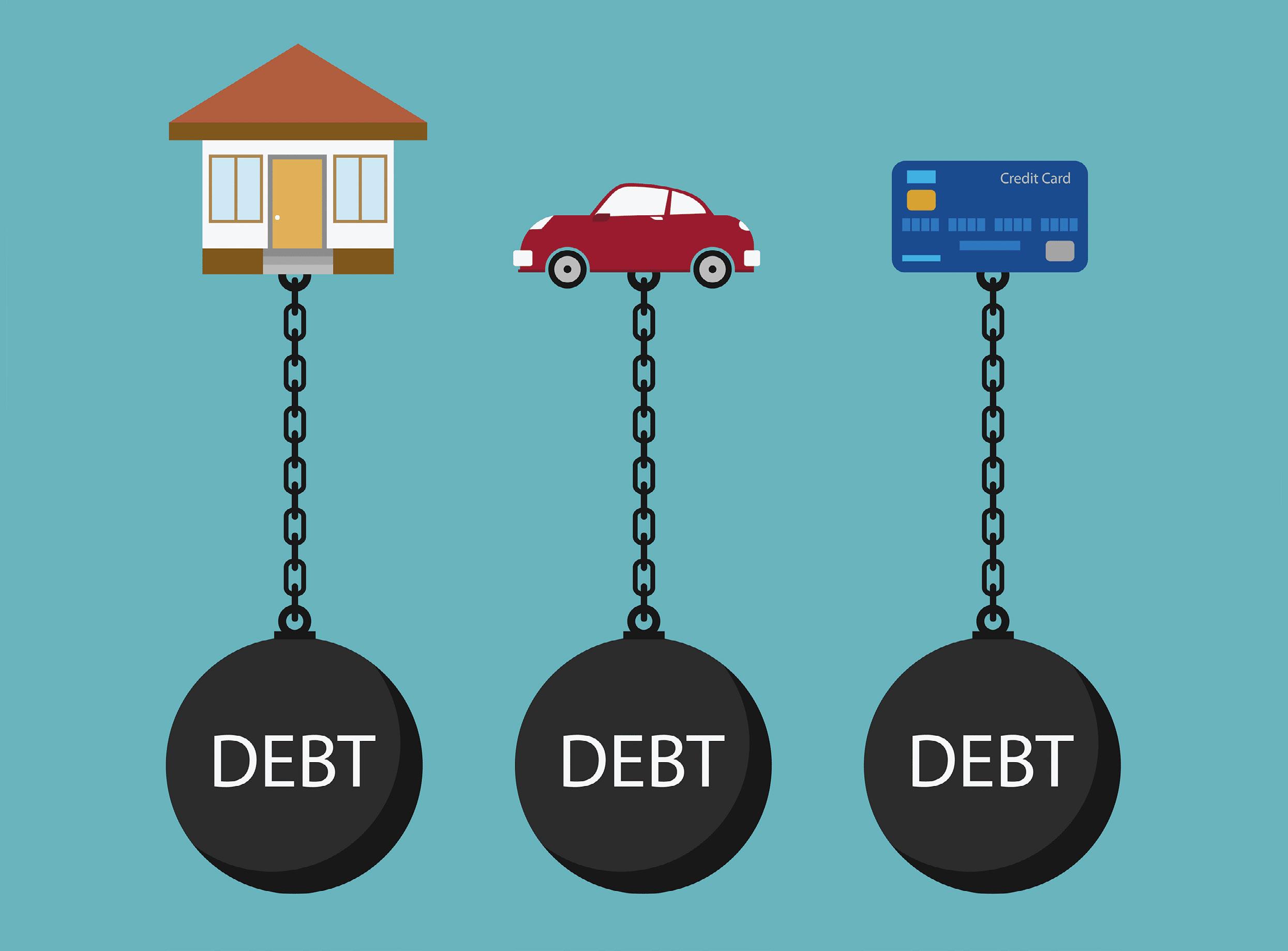Paying for College:
Options Reduce Need For Student Loans While only a fortunate few students can expect a free college education by winning full academic or athletic scholarships, everyone can take advantage of a combination of academic aid, grants, fellowships, work-study and student loans to pay for a four-year degree, says Peter Gayle, a vice president for Prudential Advisors. Unfortunately, many prospective students and their families often don’t know where to look. With student debt increasingly becoming a longterm burden on graduates and families, adds Gayle, it’s never been more important to minimize the outof-pocket expenses to put a student through college - and reduce reliance on student loans. To put the weight of student debt in perspective, 10 RuralLeaderMag.com | FEBRUARY 2017
The Federal Reserve Bank of New York noted that in 1995, 54 percent of graduates had loans averaging $11,491. It’s more recent data in 2015 showed 71 percent of graduates joined the workforce with student debt averaging slightly more than $35,000. What’s more, the Federal Reserve Bank of New York estimates 25 percent of those who owe federal student loans are delinquent or in default. The good news is that anyone willing to put in the time can likely find programs that help foot the bill - helping to reduce the need to take out loans - so a student’s education won’t break the budget or jeopardize a financial future. According to Gayle, families can take a few initial steps before choosing a school: * Learn how the financial aid process works and





